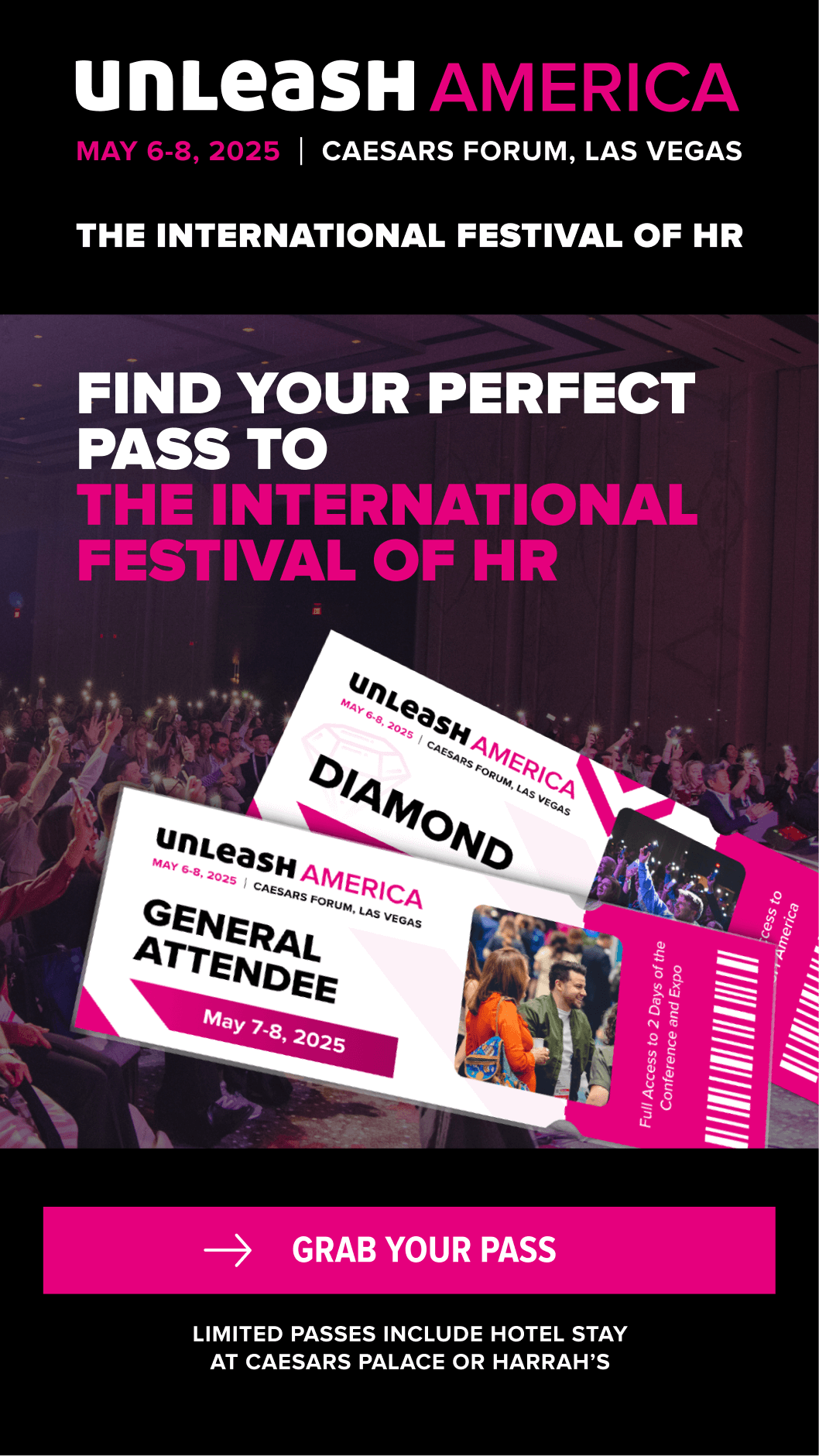How gamification is being applied to change management
Discover how gamification can aid all of your HR needs.
Why You Should Care
Gamification is increasingly popular.
Discover how it can improve the world of work at your organization.
The word gamification is being thrown around a lot in the HR world. But just because something is talked about a lot, that doesn’t mean we truly know what it is or its value.
Despite some reservations, gamification can help HR teams in almost all of their enterprise resource planning (ERP) strategies and improve the satisfaction of employees.
What does gamification mean?
Gamification is simply applying game techniques or mechanisms to the workplace. Already it seems like a concept that should be thrown between teams, and not into the trash.
Throughout an exploration of how gamification techniques can be applied to change management strategies, the thoughts of leaders in the area will help paint a clearer picture of its future.
How can we make use of gamification in change management?
Gamification is often labeled as a change management innovation because it crosses over with workplace learning, wellbeing, onboarding, and culture building.
This is what inspired CEO and cofounder of gamification company, Emeraude Escape, Virgile Loisance, as he saw avenues for learning and wellbeing. As a result, Emeraude Escape attempts to engage.
Liosance notes: “For example, for companies we usually create challenges, we create music player modes, and we do baseball. In this way, we can increase participation rates, and build on the classic way of doing learning training.”
Subsequently, “we [Emeraude Escape] have seen some training of very big brands, where gamification increases participant rate significantly. In most of the cases, a huge number. So, gamification is more about engaging employees.”
On top of that, gamification can drive behavioral change by creating a reward for learning. It can also lead to collaboration as teammates discuss challenges.
Evidently, gamification can help employees adapt to change, and can be a useful tool in human resource management (HRM). After all, a slideshow is rarely an engaging way to introduce changes to systems and policies.
ERP gamification strategies
Improved engagement is something that most organizations want in the age of mass burnout and the ‘Great Resignation’ but implementing new technology can be off-putting.
Nonetheless, the pandemic has shown the need to connect staff virtually and with this in mind, there are a number of strategies that can be implemented.
Enterprise resource planning gamification strategies can be implemented in almost all processes and drive productivity and engagement. Not only that, but activities like quizzes can be done at very little cost.
With that in mind, when it comes to planning activities big or small the main challenge is getting groups together and deciding what you want the outcome to be.
Chris Allsopp, co-founder of Grove, told UNLEASH about the importance of team activities: “The benefits from putting effort into a culture are quickly evident. Allsopp reasons: “If you feel like you belong at the company and feel like you have a community there, you’re more likely to stay engaged and to stay at the company longer.”
Of course, how you conduct a competition, challenge, or team-building exercise is up to you but there are areas where gamification can have a notable impact.
One simple strategy to begin implementing gamification in everyday practices is using quizzes during All Hands to engage listeners. This will lead to more attention being paid by workers who may be geographically dispersed or prone to distraction.
Recruitment gamification
In recruitment, a challenge can show the ability of an individual to work in a team and handle pressure.
Furthermore, technical roles can compete to finish challenges or the most effectively. This can range from dropping an egg from a great height to developing code. With that said, these challenges should be fun rather than simply a piece of evidence that a candidate can do their job.
Puzzles can also be used to gamify recruitment digitally. Companies like benchmark games have developed puzzle games, including “navigating a car to reach a goal, while facing unexpected challenges.”
Given insight into emotional reactions and how candidates assess problems that can have application in day-to-day work is invaluable.
Safe to say, if you can multi-task in a car you should be okay in the workplace, no matter how fast-paced or agile.
Once you have these insights an easier decision can be made on a candidate.
Gamification and employee training
So you’ve recruited a team of people who can juggle while driving a car in a game, but what’s next?
It’s time to tackle training staff. Gamification mechanics or gamified learning courses can measure progress while rewarding staff.
Experience points are very familiar in games and can be used as a sign of “leveling up” which gives an employee a sense of success when they complete a learning task. Badges can be integrated with this concept to enable friendly competition and pride in workplace learning.
On the note of competition, leaderboards can be established to encourage friendly rivalries. There can also be head-to-head battles to make the achievements of gamified learning more personal.
Of course, any leaderboard has greater steaks and a gift card or incentive can drive improved performances and learning. Even if you can’t provide a financial incentive some kind of goal can help motivate teams.
Gamification and transactional workforces
Transactional HR practices are often repetitive or labor-intensive. This can lead to burnout and mass resignations like the world has seen as part of the ‘Great Resignation.’
Gamifying and making challenges out of tasks that require a lot of time but not much relief can incentivize staff and make the time more enjoyable.
Additionally, this solves the issue of subjecting workers to dry processes that can’t be automated, as it actively encourages staff to do well, and acknowledges the realities of their day-to-day work.
Is gamification here to stay for change management?
Gamification in HR can clearly help businesses break up the tedium of certain tasks and drive their goals. Yet with any phrase that has considerable hype, there are always the doubters.
Fortunately, gamification for change management looks set to stay. In fact, forms of gamification like leaderboards have been around for over 20 years already.
Looking ahead, Emeraude Escape co-founder Liosance commented: “Companies will want to go more in this new world where we can better training with gamification.”
Amid the ‘Great Resignation’ processes that can limit burnout, encourage change, and subsequent training are invaluable.
Our new world of work where employees look to new perks doesn’t look like changing. With that in mind, it looks like gamification in change management and across HR strategy is here to stay.
Sign up to the UNLEASH Newsletter
Get the Editor’s picks of the week delivered straight to your inbox!

Senior Journalist
Dan combines his first-hand experience alongside the latest news and opinions in the HR Technology space.
